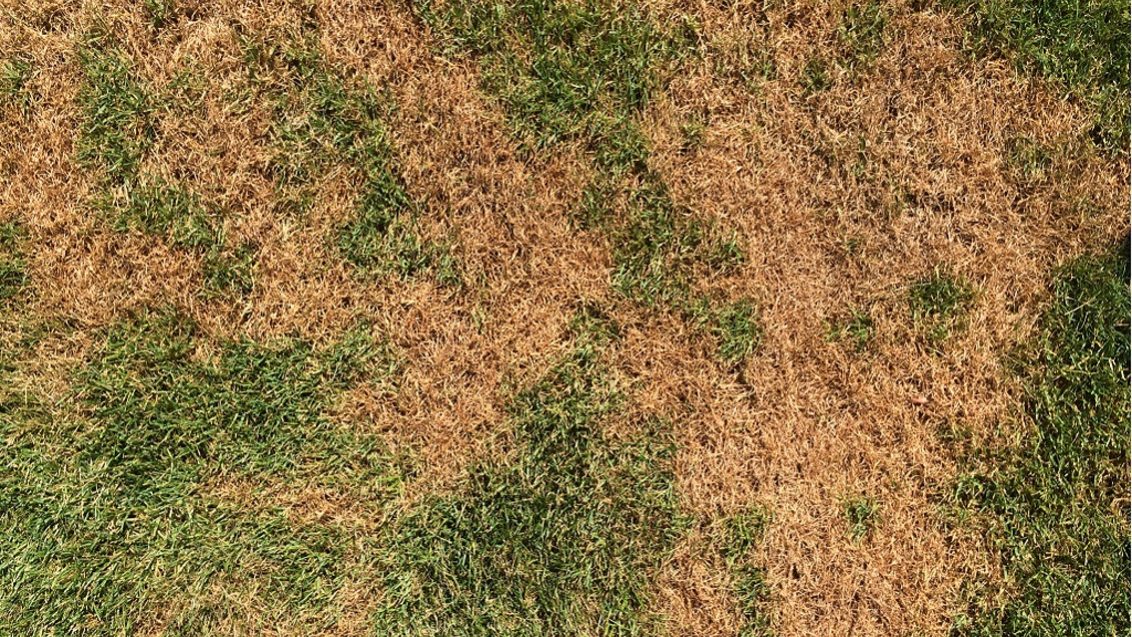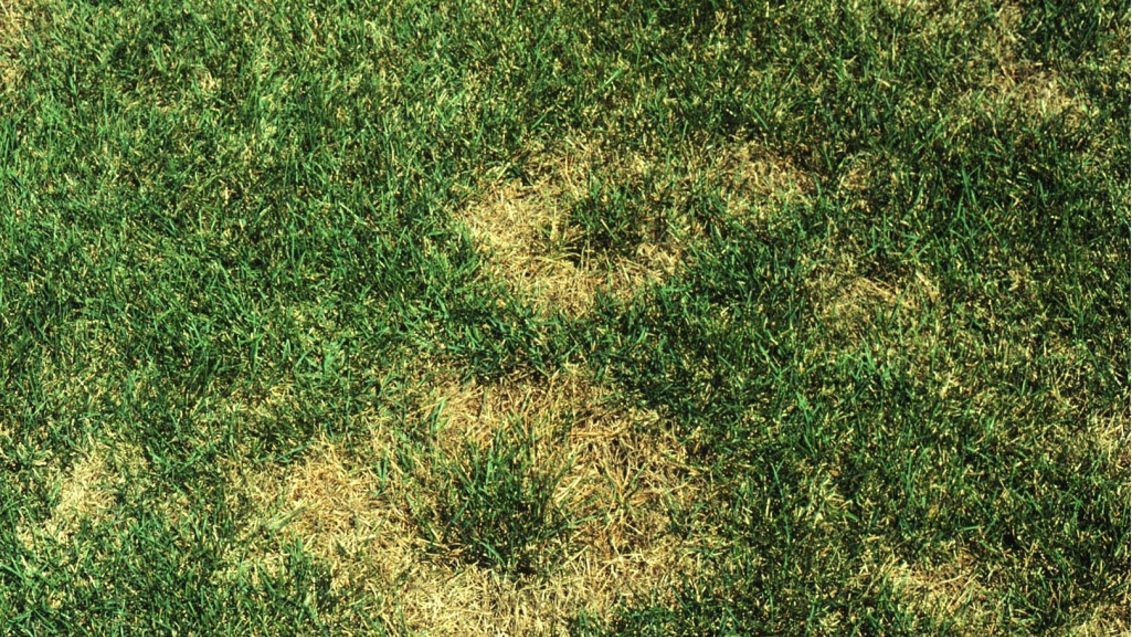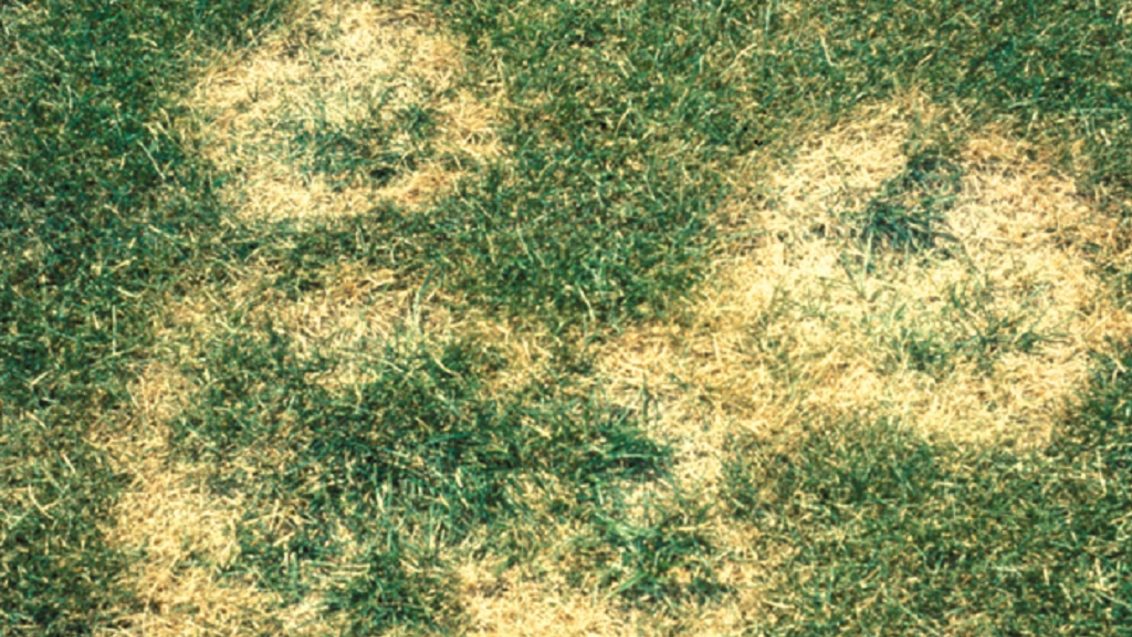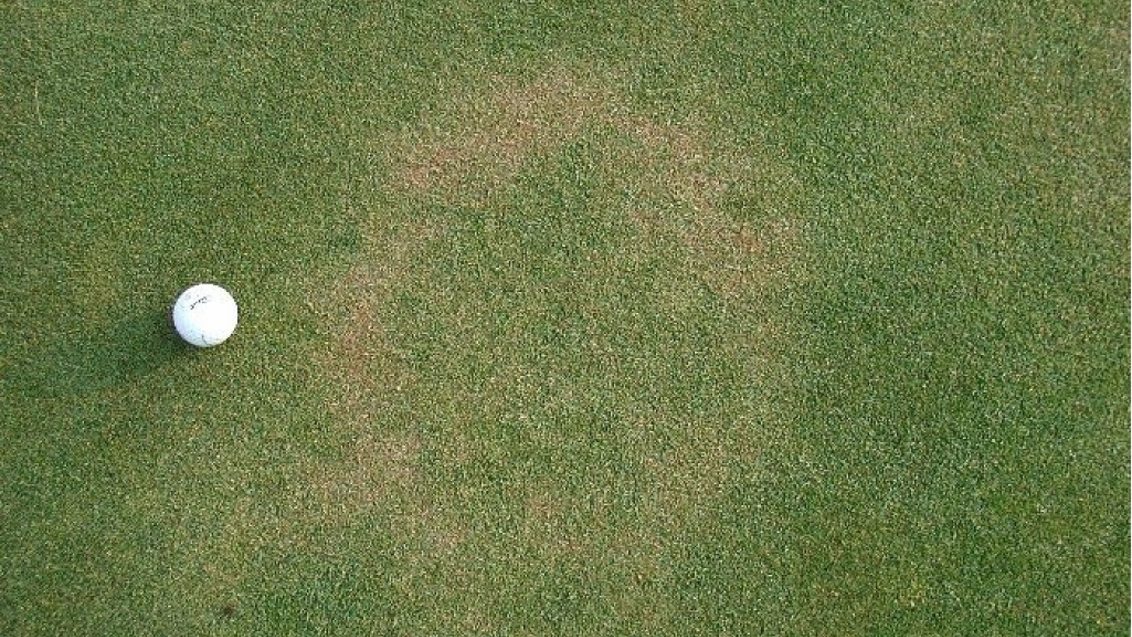Summer Patch
Turf Disease
Susceptible turfgrass: Annual Bluegrass, Kentucky Bluegrass, and fine-leaf Fescue.
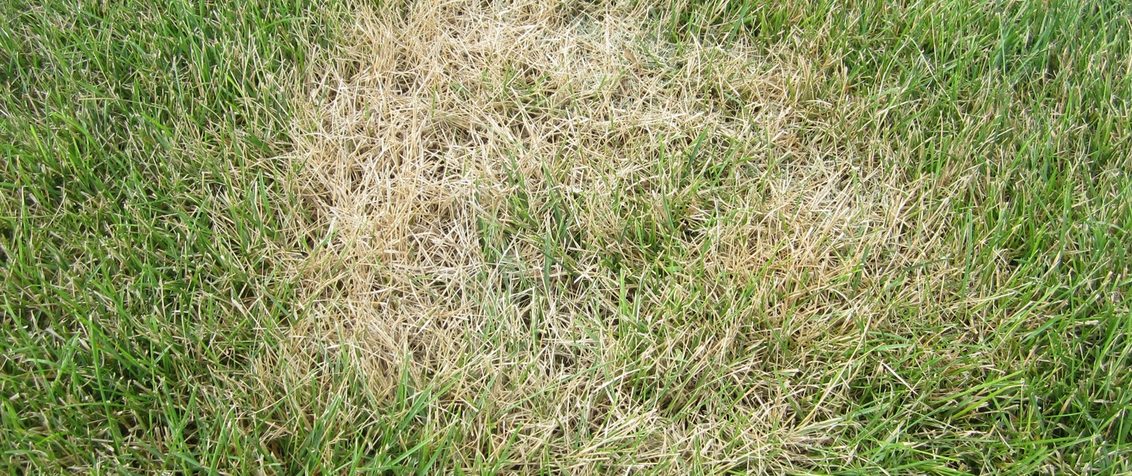
Summer patch as seen from 3m
Symptoms
Summer patch appears as circular or irregularly shaped patches that measure from several inches to several feet in width. Initially, patches appear as slowgrowing
thinned or wilted turfgrass. Mature patches are brownish-yellow to straw-coloured and can coalesce as they increase in size. The leaves of the plant turn yellow to brown from the tip to the base. The roots turn moderate to dark brown. Summer patch can exhibit a ring-like appearance where a less susceptible grass species survives inside the diseased patch.
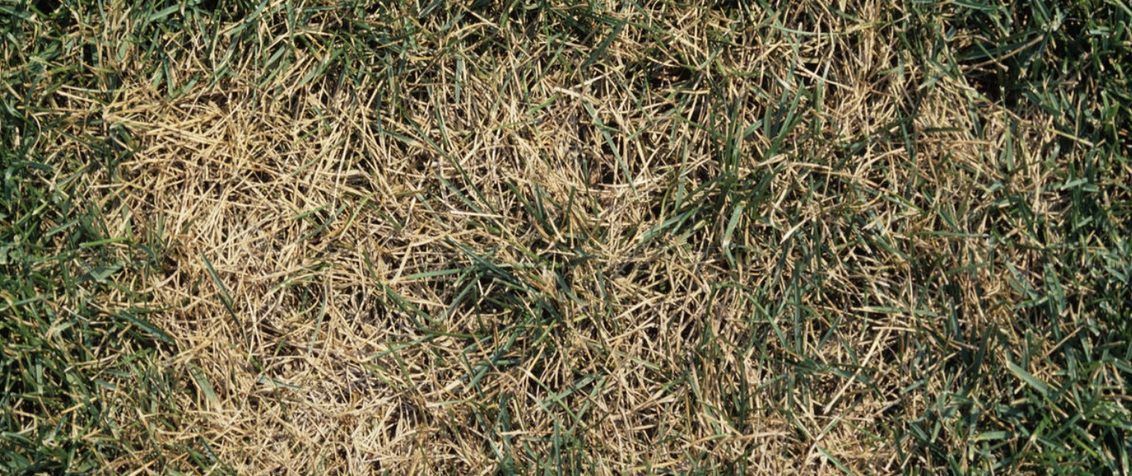
Summer patch as seen from 6cm.
Conditions favouring disease
Root infection is initiated when soil temperatures exceed 18°C; however, foliar symptoms of summer patch are favoured by temperatures over 29°C during the day and over 21°C at night.
It is also commonly found in areas that are sunny, exposed, with high soil moisture, high soil pH, compaction, poor drainage and low mowing height. This disease is typically more severe in turfgrass that has been fertilised with nitrate-nitrogen.
Integrated turf management
Use acidifying fertilisers.
Increase the height of cut.
Reduce soil compaction through aerification and use of lightweight equipment.
Syringe when the temperature is over 29°C.
Improve the drainage of the turf.
Convert to resistant species, such as tall Fescue, Bentgrass, or Perennial Ryegrass.
Apply fungicide preventively in spring.
Fungicidal control
The following products have label recommendation for summer patch control in South Africa: Heritage.

